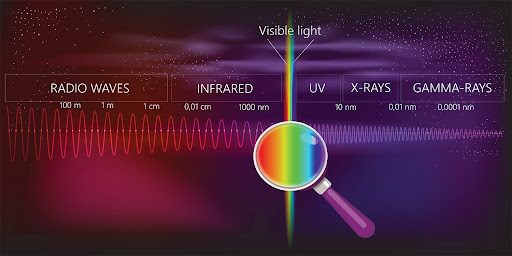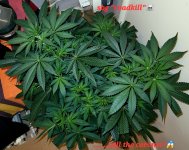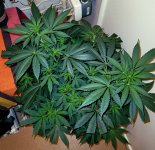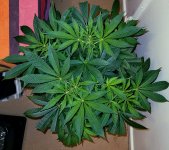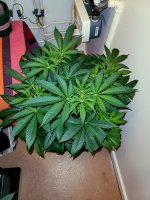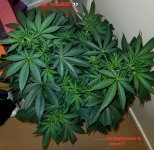CannaT
starin' at the world through my rearview
" HID (High-Intensity Discharge) lights, including HPS (High-Pressure Sodium) and MH (Metal Halide) lights, emit a significant amount of radiant heat, which can affect plant growth and development. This heat can also impact the production of volatile compounds, including volatile sulfur compounds (VSCs).In contrast, LED (Light Emitting Diode) lights generate much less radiant heat, which can lead to a cooler growing environment for plants. This cooler environment may lead to a reduction in the production of VSCs and other volatile compounds compared to plants grown under HID lights.
However, it's worth noting that the production of volatile compounds can be influenced by many factors beyond just the type of lighting used, such as genetics, growing conditions, and cultivation practices.
So while it's possible that LED lights could result in lower levels of VSCs compared to HID lights, it's also possible that the specific growing conditions and practices used could lead to different outcomes. Further research is needed to fully understand the relationship between lighting and the production of VSCs in plants."
Those VSCs are those what make strains pungent,chemical and fuely skunky over the top.
And are compounds that make pungent smells.

